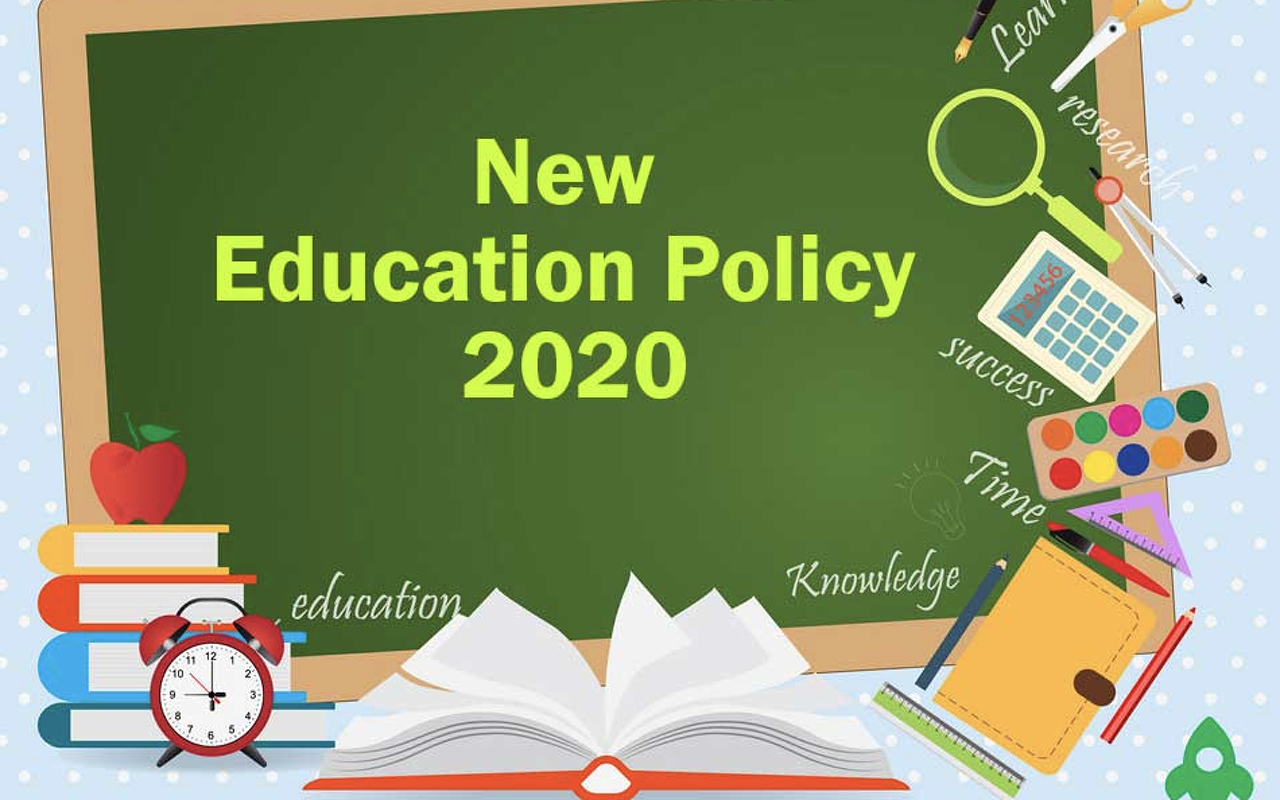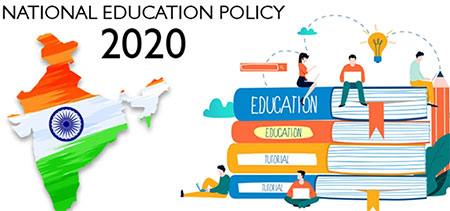New Education Policy (NEP 2020): Advantages & Disadvantages
Get Your Free Trial Now!
The Union Cabinet has given the green light to the New National Education Policy, bringing significant changes.
While praised for transformative reforms, it faces criticism for drawbacks, sparking a mix of opinions in the Indian academic sector.

Advantages of New Education Policy 2020
- 1. The government aims to provide school education to all with the help of NEP 2020.
- 2. Through this new approach, approximately two crore school students will be able to return to educational institutions.
- 3. According to the National Education Policy 2020, the 5 + 3 + 3 + 4 structure will replace the existing 10+2 structure. This structure focuses on the formative years of student learning. This 5 + 3 + 3 + 4 structure corresponds to the ages 3 to 8, 8 to 11, 11 to 14 and 14 to 18 years. 12 years of schooling, 3 years if Anganwadi and pre-schooling are included in this structure.
- 4. For children up to the age of 8 years, a National Curriculum and Educational Framework for Early Childhood Care and Education will be designed and developed by NCERT.
- 5. According to the National Education Policy 2020, the Education Ministry is to set up a National Mission on Foundational Literacy and Numeracy. The responsibility for successful implementation of achieving the foundation of numeracy and literacy for all students up to class three lies with the states of India. This implementation is scheduled to be done by 2025.
- 6. One of the features of NEP 2020 is the formulation of National Book Promotion Policy in India.
- 7. The appropriate authorities will conduct school examinations for grades 3, 5 and 8. Board examinations for grades 10 and 12 will continue but NEP 2020 aims to redesign the structure with holistic development.
- 8. The national education policy is to be established by the government.
- 9. Special daytime boarding school “Bal Bhavan” will be established in every state/district of India. This boarding school will be used for participation in activities related to sports, career, arts.
- 10. An Academic Bank of Credit will be established as per the National Education Policy 2020. Credits earned by students can be stored and counted when the final degree is completed.
- 11. According to the National Education Policy 2020, multidisciplinary education and research universities at par with IITs and IIMs will be established in the country. These are set to be established for multidisciplinary educational beginnings.

Disadvantages of New Education Policy 2020
The National Education Policy 2020, a transformative initiative after three decades, aims to elevate India's academic system to global standards. Set to be fully implemented by 2040, this comprehensive plan addresses various facets of education.
 Language Barriers
Language Barriers
Addressing the concern of language, the NEP 2020 introduces mother languages for each subject, posing challenges in finding competent teachers and developing study materials in regional languages.
 Duration of Graduation
Duration of Graduation
While NEP 2020 extends the duration for graduation to four years, potential drawbacks include the risk of students leaving courses midway, as shorter diploma programs remain a quicker option.
 Disparity in Language Exposure
Disparity in Language Exposure
Discrepancies arise as private school students get early exposure to English, creating a gap with government school counterparts who study in regional languages. This disparity may hinder effective communication in English.
 Implementation Strategy
Implementation Strategy
The NEP 2020 implementation involves collaboration between Central and State Governments. Subject-wise committees at both levels will conduct a gap analysis, discuss and execute the proposed reforms, ensuring a phased and systematic approach.
Conclusion

Despite drawbacks such as discontinuation of the M. Phil course, the National Education Policy 2020 holds numerous merits.
Believed to elevate the Indian academic system, the policy reflects a commitment to progressive change and international standards.
FAQs
What are the beneficial effects of NEP?
The National Education Policy 2020 brings forth several positive impacts, including enhanced flexibility, emphasis on skill development, integration of technology, and a multidisciplinary approach. Explore the comprehensive advantages of NEP for a better understanding of its transformative effects on the education landscape.
What are the main points of NEP 2020?
The National Education Policy 2020 encompasses several key reforms aimed at transforming the Indian education system. Some main points include changes in academic structure, emphasis on flexibility, skill development, and the introduction of mother languages in education.
What are the problems in the new education policy?
- Language Challenges
- Duration of Graduation
- Disparity in Language Exposure
- Unequal Implementation
- Teacher-to-Student Ratio
- Infrastructure and Resource Constraints
How will NEP affect students?
The National Education Policy (NEP) is set to impact students in several ways:
- 1. Holistic Development: NEP emphasizes holistic education, fostering creativity and critical thinking, preparing students for diverse career paths.
- 2. Flexibility in Choice: Students can choose a broad range of subjects, promoting multidisciplinary learning and allowing flexibility in career choices.
- 3. Skill Development: The focus on skill development equips students with practical skills, enhancing employability and adaptability in the evolving job market.
- 4. Medium of Instruction: NEP introduces mother languages for early education, ensuring better understanding and communication skills, although challenges may arise in the initial transition.
- 5. Extended Duration for Graduation: While the four-year graduation program offers in-depth knowledge, some students may need to carefully consider the extended commitment and potential impact on career timelines.
- 6. Regional Disparities: Disparities may emerge between students in private and government schools due to language exposure differences, requiring effective strategies to bridge the gap.
Why do we need a new education policy?
The necessity for a new education policy arises from the evolving global landscape and the need to align our academic system with contemporary challenges. The existing policy, crafted over three decades ago, lacks provisions for emerging technologies, changing societal needs, and global standards. The new education policy addresses these gaps, fostering innovation, inclusivity, and relevance in education for a competitive and dynamic future.